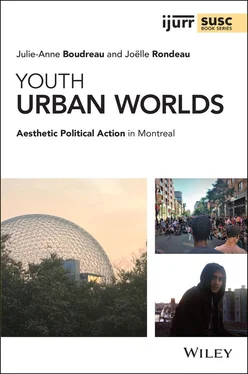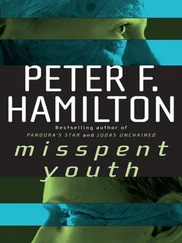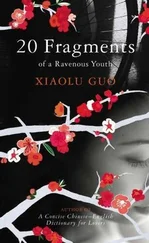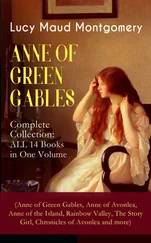1 ...7 8 9 11 12 13 ...16 In order to explain what we mean by ‘attraction’, allow us to describe a situation experienced by Julie‐Anne in the Prado Museum in Madrid. The Prado has a very large collection of Goya’s paintings depicting royal characters and religious scenes. When Julie‐Anne visited the museum, she focused on the story these paintings were telling, on how Goya depicted power. When, at the end of the day, she went down to the museum’s lower level, she encountered his Pinturas Negras , painted on the walls of his house toward the end of his life (during the 1820s). These murals depict barbaric scenes from everyday life in quasi‐phantasmagorical forms: embodied human interactions, eating, blood, fear, crowds, sickness, music, ageing bodies, raging gods, expressively reading a book, sexual desire, fire… (see Figure I.1). As she encountered this ‘aesthetic appearance’ (Panagia 2009), Julie‐Anne could no longer move her body. She could not read what she was seeing anymore; she could almost feel the warmth of the blood on her fingers, the fear of the crowd. She stayed for nearly an hour, without moving, until her husband came for her.
Exiting the museum, they sat on a bench under the fresh shade of a canopy tree for another hour, where Julie‐Anne couldn’t stop speaking, spitting out her emotions, trying to make sense of what she had sensed and the difference between her rational relation to Goya’s ‘power’ paintings and this political work. The Pinturas Negras have been analysed as Goya’s radically political position generated by the sourness he felt at the end of the Napoleonic Wars (Junquera 2003). They were painted in his country house just outside of Madrid, where he retired disgusted by urban power plays and barbaric humanity. They play with bodily functions such as blood, vomiting, and modified body parts in order to express a profound rejection of urban political life. It is this rejection that makes these paintings so urbanely intense, as opposed to the clean depiction of state and imperial power that transpires from his previous works.
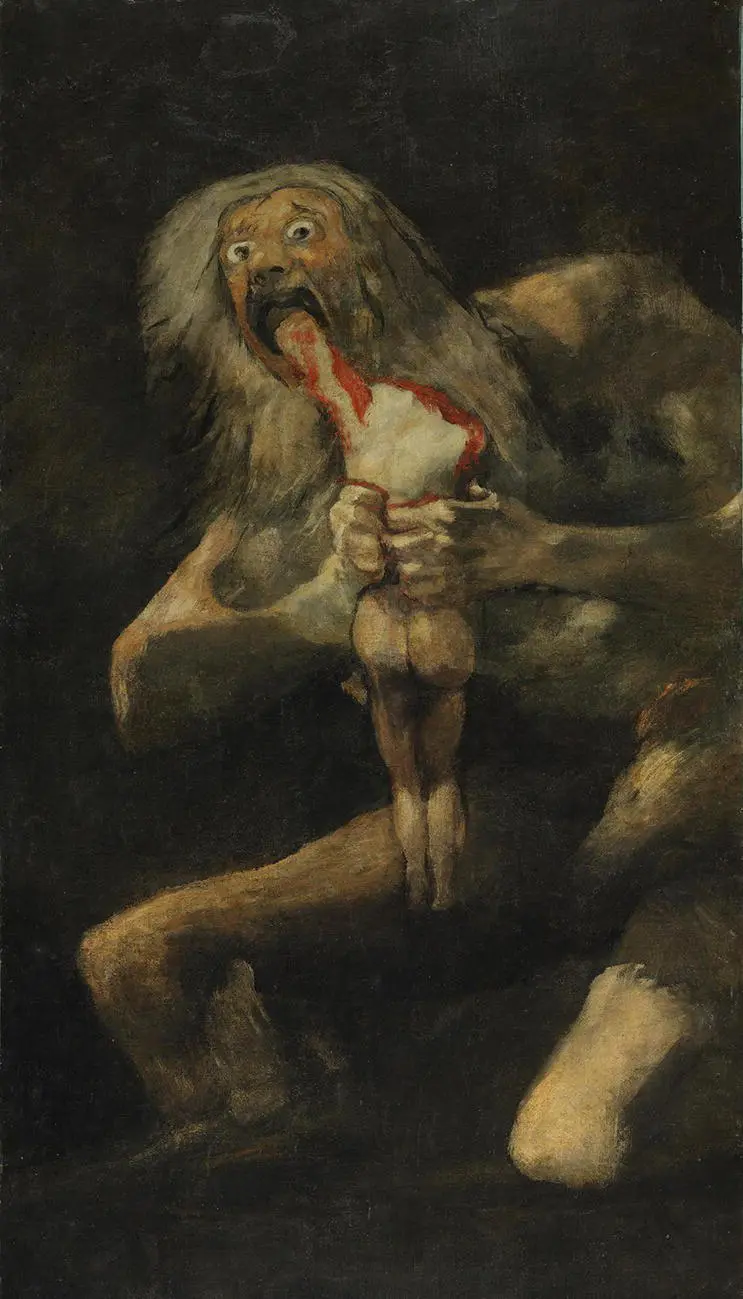
FIGURE I.1 ‘Saturno’, Francisco de Goya, 1823.
The Pinturas Negras tell a story of aesthetic political action in the sense that they represent everyday scenes of power relations that are intensely emotional and embodied. They depict political gestures of fights, bodies resisting, and shocking inequalities. But beyond the story they tell (what they cognitively represent), Julie‐Anne’s encounter with them was a ‘pregnant moment’ of aesthetic politics. These moments occur when action‐oriented perception is temporarily suspended, when we sense that something different is happening without being able to articulate it with words. During these ‘fugitive glimmers of becoming’ (Connolly 2011, p. 7), what we sense ‘breaks our confidence in the correspondence between perception and signification’ (Panagia 2009, p. 5). In other words, in these pregnant moments, we can no longer rely on our cognitive capacities to understand what is going on. Julie‐Anne could only, as Panagia would put it, admit this ‘aesthetic appearance’ was affecting her.
Philosophically, Panagia emphasizes the immediacy, the here‐and‐now, the shock of an aesthetic appearance. When we are faced with something that speaks to our senses (such as the Pinturas Negras ), we cannot name it (recognize it as something we know). We can simply ‘admit’ that it is touching us. Panagia suggests that aesthetic appearances are political because they provide us with opportunities for responsiveness. The intensity of this experience is generally neglected from political analysis because it cannot be described with words and thus articulated as ideology or interests. ‘Under the pressures of immediacy’, Panagia writes, ‘we lose access to the kinds of conditions that make it possible to determine things like motivation, use, or belief – all forces that constitute the nature of interest’ (Panagia 2009, p. 27). Pregnant moments are regulated by attraction.
It was only after this moment of ‘immediacy’ that Julie‐Anne tried to represent, rationalize, and explain what she experienced. To this day, the Pinturas Negras still exercise a strong force of attraction on her. They have modified what she can see, sense, utter, and think about politics. Some artefacts (proto‐agents, earth‐beings) are so powerful that our cognitive abilities no longer function to relate with them. When we stop looking at a painting for the story it tells (relating to what is represented on the canvas) but instead feel we can enter and touch the colours and forms it offers without identifying what it is that is touching us, we find ourselves in an intense pregnant moment that will affect our sensing.
The Pinturas Negras qualify as bearing what the German philosopher Wolfgang Welsch (2002) would call ‘transcultural effectiveness’. With regards to Japanese art, he describes a situation comparable to Julie‐Anne’s experience at the Prado. His words are insightful in defining attraction:
As distant as those works or conceptions may be in time and space, we yet feel, strangely enough, that it is we who are at stake here. Irresistible fascination is the outset. We sense a radiation emanating from these objects: though not made for us, they seem to approach us, to address us, we are strongly attracted and even fascinated by them. They appear to bear a promise – one, perhaps, of unexpected insight or of future enrichment. In any case a promise we should respond to. They seem to bear potentials able to improve and enlarge our sensitivity, our comprehension and perhaps even our way of being. (Welsch 2002)
Beyond works of art, everyday urban life is filled with pregnant moments. Living in a world of cities compels us to be sensitive to unusual political forms and immerse ourselves in everyday lifeworlds. We are inspired by Bence Nanay (2016), who stresses the multiplicity of aesthetic experiences and ‘resist[s] the urge to find some kind of essential feature of aesthetics: it comprises a diverse set of topics’. Because we are concerned with aesthetics as it relates to different dimensions of urban life and the politics embedded in and produced through urban experiences, our analyses mobilize conceptual resources from the main fields of aesthetic studies briefly discussed so far: everyday and environmental aesthetics (Berleant 1992, 2012; Blanc 2013) and aesthetic politics (Panagia 2009).
In the following chapters, we more specifically emphasize aesthetic political relations that operate through seduction and attraction, involving the strange feeling of being sucked into them, as within a magnetic field. This defines a pleasurable sensation, a hopeful horizon, ‘a promise we should respond to’ (Welsch 2002), because attraction involves responsiveness. Aesthetic political relations thus open up the imagination, prefiguring or charting new or other ways of being in the world (Murphy and Omar 2013; Carlson 2019). Seduction and attraction are twin modalities of power at play in aesthetic political relations. Examining their functioning entails looking at the execution of power (agency) and its effects in the world. In order to do so, agency is understood as embodied and distributed among human and other‐than‐human actors. Political action, therefore, results from embodied political gesture s and the sensual, intuitive response to situational opportunities producing political acts which can become transformed into a politicized narrative through their accumulation in everyday life .
Читать дальше
